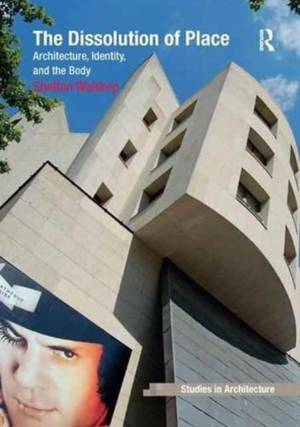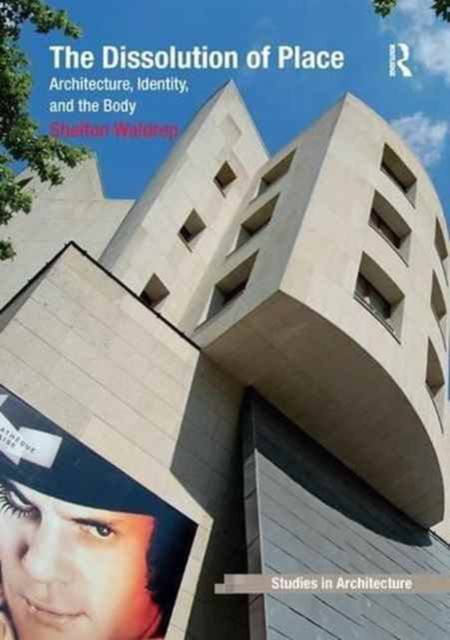
- Afhalen na 1 uur in een winkel met voorraad
- Gratis thuislevering in België vanaf € 30
- Ruim aanbod met 7 miljoen producten
- Afhalen na 1 uur in een winkel met voorraad
- Gratis thuislevering in België vanaf € 30
- Ruim aanbod met 7 miljoen producten
Zoeken
Omschrijving
Postmodern architecture - with its return to ornamentality, historical quotation, and low-culture kitsch - has long been seen as a critical and popular anodyne to the worst aspects of modernist architecture: glass boxes built in urban locales as so many interchangeable, generic anti-architectural cubes and slabs. This book extends this debate beyond the modernist/postmodernist rivalry to situate postmodernism as an already superseded concept that has been upended by deconstructionist and virtual architecture as well as the continued turn toward the use of theming in much new public and corporate space. It investigates architecture on the margins of postmodernism -- those places where both architecture and postmodernism begin to break down and to reveal new forms and new relationships. The book examines in detail not only a wide range of architectural phenomena such as theme parks, casinos, specific modernist and postmodernist buildings, but also interrogates architecture in relation to identity, specifically Native American and gay male identities, as they are reflected in new notions of the built environment. In dealing specifically with the intersection between postmodern architecture and virtual and filmic definitions of space, as well as with theming, and gender and racial identities, this book provides provides ground-breaking insights not only into postmodern architecture, but into spatial thinking in general.
Specificaties
Betrokkenen
- Auteur(s):
- Uitgeverij:
Inhoud
- Aantal bladzijden:
- 244
- Taal:
- Engels
- Reeks:
Eigenschappen
- Productcode (EAN):
- 9781138268456
- Verschijningsdatum:
- 17/11/2016
- Uitvoering:
- Paperback
- Formaat:
- Trade paperback (VS)
- Afmetingen:
- 175 mm x 246 mm
- Gewicht:
- 452 g

Alleen bij Standaard Boekhandel
+ 137 punten op je klantenkaart van Standaard Boekhandel
Beoordelingen
We publiceren alleen reviews die voldoen aan de voorwaarden voor reviews. Bekijk onze voorwaarden voor reviews.











